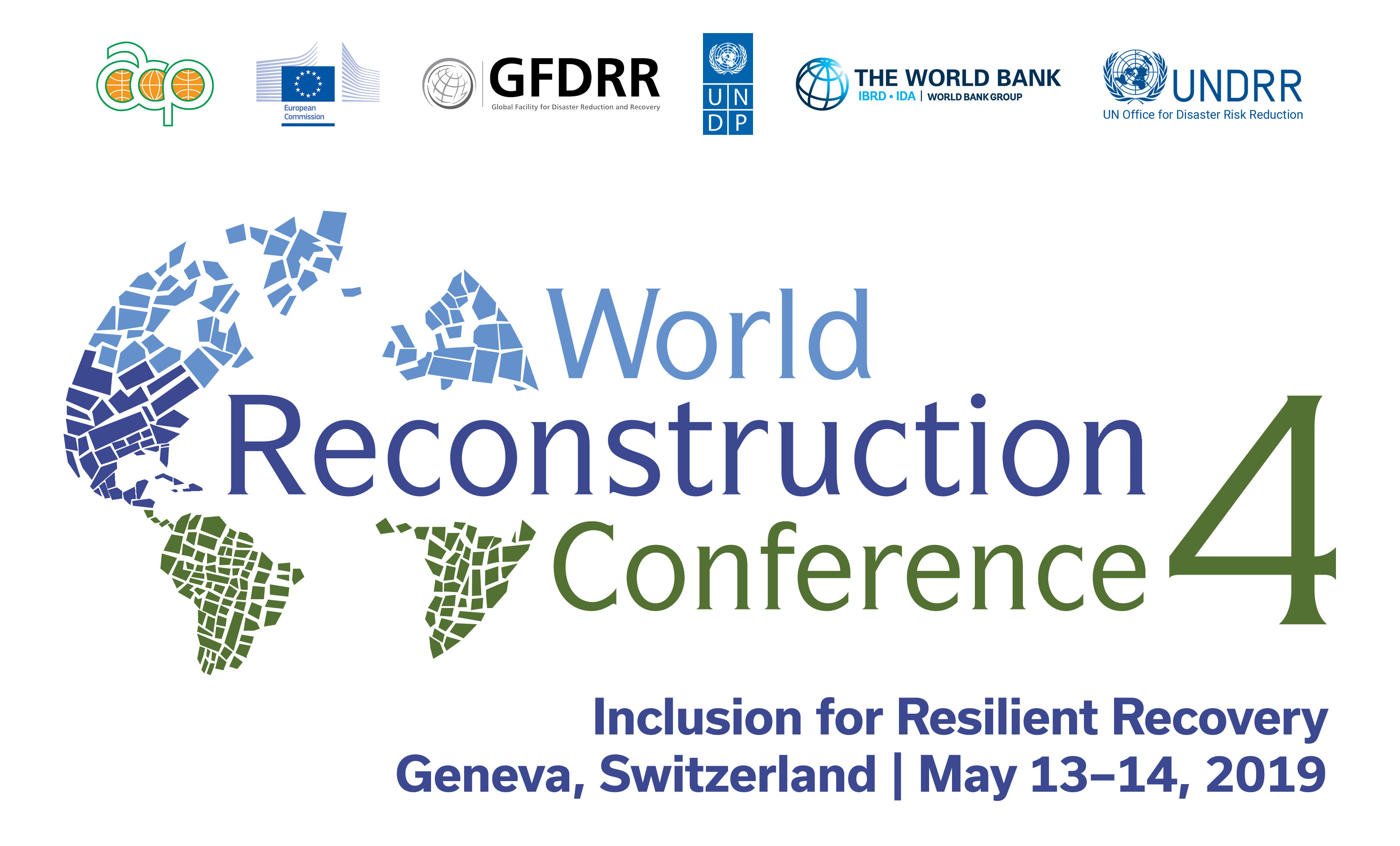Session Summary
Urban areas are frequently at the center of modern conflicts and therefore face a unique set of challenges in post-conflict settings. Urban reconstruction in post-conflict settings needs to be spatially coherent, inclusive of different social groups and vulnerable populations, and attentive to cultural heritage. Collaborative post-conflict urban planning tools can ensure that reconstruction efforts are people-centered and accessible to all. While it is common knowledge that workshops, Q&A meetings and charettes allow for community participation in the process of planning cities and level the playing field among stakeholders, a special session shifted the spotlight to how this process translates in a post-conflict setting and focused on practical tools to support engagement in post-conflict urban reconstruction.
Three approaches were examined: (a) the Area-Based Approach (ABA) which addresses needs spanning multiple sectors in geographically circumscribed areas within cities (case study: Yemen Integrated Urban Services Emergency Project) (b) the CURE framework which places culture at the core of reconstruction and recovery processes by embedding cultural heritage and creativity at the foundation and intersection of place-based and people-centered policies (case study: Cultural Heritage and Urban Development Project) and (c) the Urban Recovery Framework (URF) which encompasses strengthening institutional arrangements, enabling the policy environment, financing urban reconstruction, and improving implementation arrangements (case study: Urban Recovery Framework in Syria). Building on the presentation of these tools and their operationalization in the Middle East and North Africa (MENA) region, the session discussed the relative strengths of these different tools.
The objective of the project implemented in Yemen was to restore access to critical urban services in selected cities while the conflict was ongoing and lay the foundation for long-term reconstruction in the future. The project applied an area-based multi-sectoral approach aimed at coordinated reconstruction activities in different sectors such as water, health, transport, and education. To be successful in the challenging environment of a conflict-torn country, the project applied a flexible implementation approach that relied heavily on local institutions and citizen engagement thus benefiting from their capacity and expertise.
The case of Lebanon was presented to explain how restoration of historic sites, buildings and markets promoted urban recovery and cohesion between various factions of society. Culture and heritage could be one common denominator to bring together warring groups. Recently developed by the World Bank and the UNESCO, the CURE Framework places culture at the core of reconstruction and recovery processes by embedding cultural heritage and creativity at the foundation and intersection of place-based and people-centered policies. While place-based strategies prioritize the reconstruction of physical assets, people-centered strategies strengthen community ownership and social inclusion, improve livability of the built environment, and accelerate the socioeconomic recovery of cities.
Since 2003, the World Bank Group, the Government of Lebanon, the Government of Italy, and the Agence Française de Développement have been jointly supporting an ambitious project, the Cultural Heritage and Urban Development (CHUD) Project, focused on the regeneration of five historic cities. With their densely populated neighborhoods, the cities of Tripoli, Byblos, Baalbek, Saida, and Tyre are dotted with historic, world-class heritage assets. Parts of these legendary cities have been successfully regenerated and rehabilitated, building more inclusive communities. The project created a space for residents to live and enjoy, linking public space, cultural heritage, and private business. The specific case of Tyre was showcased as an example of how the revitalization of historic assets can be leveraged to provide larger societal benefits, fully exploring the potential of cultural heritage as a force for social inclusion and cohesion, and economic development in local communities.
The session also reflected on the drivers of urban conflict such as unmanaged population movement and growth, and increase in poverty and overall fragility. It provided an overview of the URF that supports resilient urban recovery at scale, and the renewal of the social contract. The framework starts with the establishment of a common urban information baseline regarding damages and needs. Building on this baseline, a common vision and strategic objectives guide the development of urban recovery plans from the national to the household level. The framework calls for these plans to be complemented by an enabling institutional structure and a sustainable financing strategy. Remote sensing-based methods were employed to assess damages, and reconstruction and recovery needs in Syria. High-resolution satellite images were used to get a detailed picture of the dynamic situation on the ground. The data was not only able to support the mapping and evaluation of damaged infrastructure but also gave insights into current conflict dynamics by showing the establishment of frontlines. Such data and analyses can support future reconstruction planning.

